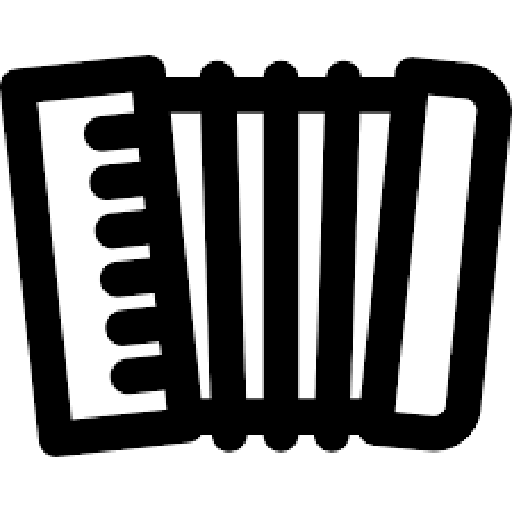Expressive and formative essence of harmonic vertical
Abstract
This article analyzes the importance of expressive abilities and formative meanings of harmonic devices in the initial lessons of Harmony, on the need for methodological analysis and adaptation of their explanatory approaches to the learning process. This necessity arises from the fact that students are able to master science, to guide their artistic and creative imagination and performance. Special attention should be given to the variety of forms and methods of teaching during the course of Harmony. In this respect, the teacher should take into account and continuously analyze such processes as students' perception, thinking, perception and implementation.
References
Tyulin Yu.N. Short theoretical course of harmony. - 3rd ed. reslave. and add. - Moscow: Music, 1978. - 168 p.
Tyulin Yu.N., Privano N.G. Harmony textbook. - 3rd ed., Ext. - Moscow: Music, 1986.- 478 p.
Romanova L.L. Formation of readiness of university students for the professional activity of a music teacher. Abstract. Diss ... cand. ped sciences. - Moscow: 1992. - 17 p.
Mutli A. Collection of tasks on harmony: Textbook. allowance. - 7th ed. - Moscow: Music, 1986. - 149 p.
Muhammatov A.N. Modeling music lessons in teaching students using a computer system as a didactic study. Abstract: diss. Cand. ped sciences. - Toshkent: 1994 .-- 18 p.
Kabalevsky D. B. Nurturing the mind and heart. - Moscow: Pedagogy, 1986. - 188 p.
Harmony & Theory by Keith & Carl Schroeder . 1998

In submitting the manuscript to the International Journal on Integrated Education (IJIE), the authors certify that:
- They are authorized by their co-authors to enter into these arrangements.
- The work described has not been formally published before, except in the form of an abstract or as part of a published lecture, review, thesis, or overlay journal.
- That it is not under consideration for publication elsewhere,
- The publication has been approved by the author(s) and by responsible authorities – tacitly or explicitly – of the institutes where the work has been carried out.
- They secure the right to reproduce any material that has already been published or copyrighted elsewhere.
- They agree to the following license and copyright agreement.
License and Copyright Agreement
Authors who publish with International Journal on Integrated Education (IJIE) agree to the following terms:
Authors retain copyright and grant the International Journal on Integrated Education (IJIE) right of first publication with the work simultaneously licensed under Creative Commons Attribution License (CC BY 4.0) that allows others to share the work with an acknowledgment of the work's authorship and initial publication in this journal.



3.png)
1.png)
